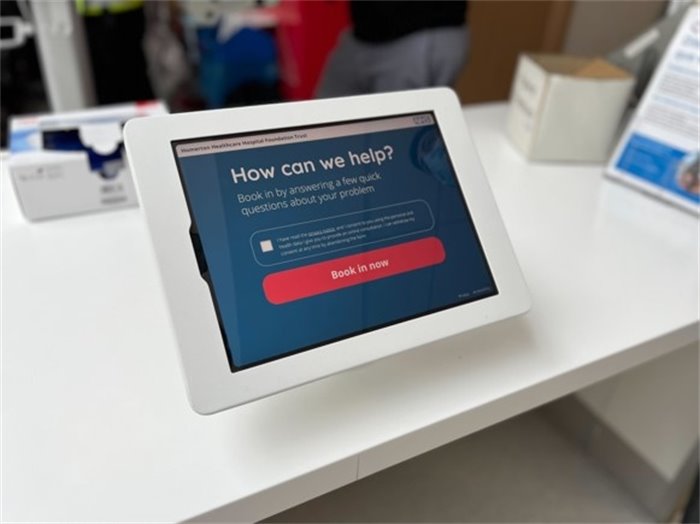Test and Trace strategy and delivery document sheds light on plan to use technology to help citizens ‘navigate their way through life with Covid-19’
Credit: Hackney Council/Open Government Licence v3.0
The NHS Test and Trace programme’s plan for the summer and autumn months includes an intention to add more “localised features” to the Covid-19 contact-tracing app while boosting adoption of the technology among “under-represented communities”.
The government has just published the scheme’s “delivery plan” for the July to September period, including action plans and key objectives for the future.
The period in question covers the initial weeks following the full-scale reopening of society, with almost all remaining restrictions on businesses and citizens removed on 19 July. This was considered to be final step in government’s four-step plan for exiting lockdown.
The role and status of the NHS Covid-19 app seemed to change profoundly thereafter, as leisure and hospitality businesses were no longer required to use the system for customer contact-tracing.
As soon as restrictions ended, the number of exposure alerts being issued each week across England and Wales immediately dropped by half, from nearly 700,000 to fewer than 400,000 – suggesting many people deleted or disabled the app. Many more seemingly followed, with the weekly volume of alerts dropping to fewer than 130,000 by early October – despite cases of coronavirus remaining at fairly steady high level of 200,000 to 300,000 each week during this period.
Related content
- NHS Covid app: Contact tracing alerts creep up again
- Booster jabs included on NHS Covid Pass
- NHS Covid app: from 16 August exposure alerts will ask users if they have been fully vaccinated
There was an even starker decline in users checking into venues via the app; having exceeded 10 million a week between May and July – peaking at 14.5 million – the number of check-ins has since dropped to about 170,000 a week, equivalent to about 1% of the volumes seen earlier in the summer.
The delivery plan for the months encompassing this drop-off in usage acknowledges that the functionality of the app may be required to “modify contact tracing in line with best available evidence including the impact of vaccination”.
This tallies with updates announced in August by health secretary Sajid Javid, in which the app’s “logic” was altered to so that “fewer contacts that took place when the positive case was unlikely to be at the peak of their infectiousness are advised to self-isolate, reducing the overall number of notifications sent by the app”.
But the delivery plan stresses that government is still urging citizens to use the software platform.
“We will continue to encourage use of the NHS Covid-19 app, which is an important public health tool helping to break the chains of transmission of the virus, adapting it to respond to the changing policy environment during Step 4,” it says. “Contact tracing will continue and businesses will be strongly encouraged to continue to display QR codes and collect customer contact details. [Although] the legal requirement to do so will be repealed.”
The plan singles out the importance of promoting the use of the technology among groups who may have previously opted not to do so.
“[We will] continue identifying the barriers to uptake and adoption of the app, particularly across under-represented communities, and help users overcome these in order to ensure we provide an equitable service for all,” it says
The document adds that the app may add more functions related to users’ local areas.
“[We will] provide app users with useful, more localised features and advice that help them make well-informed decisions as they navigate their way through life with Covid-19,” it says. “[We continue making it easier for users to input their positive test results and share them anonymously with app users, enabling the rapid notification of potential transmission risk to known and unknown contacts.”
The plan adds: “[We will] continue making it easier for users to input their positive test results and share them anonymously with app users, enabling the rapid notification of potential transmission risk to known and unknown contacts.”
The app has been downloaded almost 29 million times so far, although the number of active users is likely to be much lower than that. Earlier this year, the government estimated that only 16 million people “had the app partially or fully enable on their phone” – and even this figure included those that had turned off contact tracing.
By August, senior officials stated that “it is not possible to make a reliable and consistent calculation of the number of people with the app enabled at any one time”.



